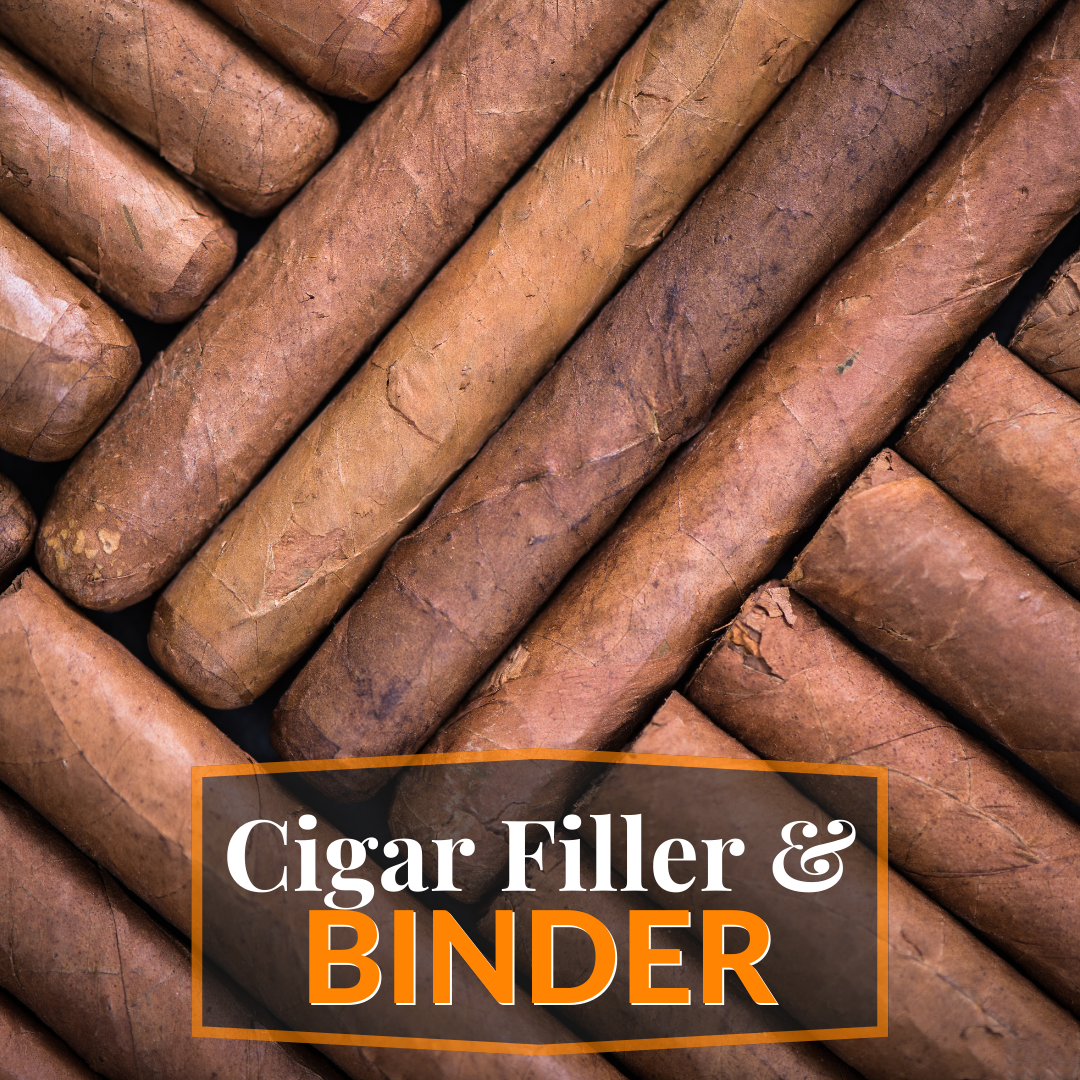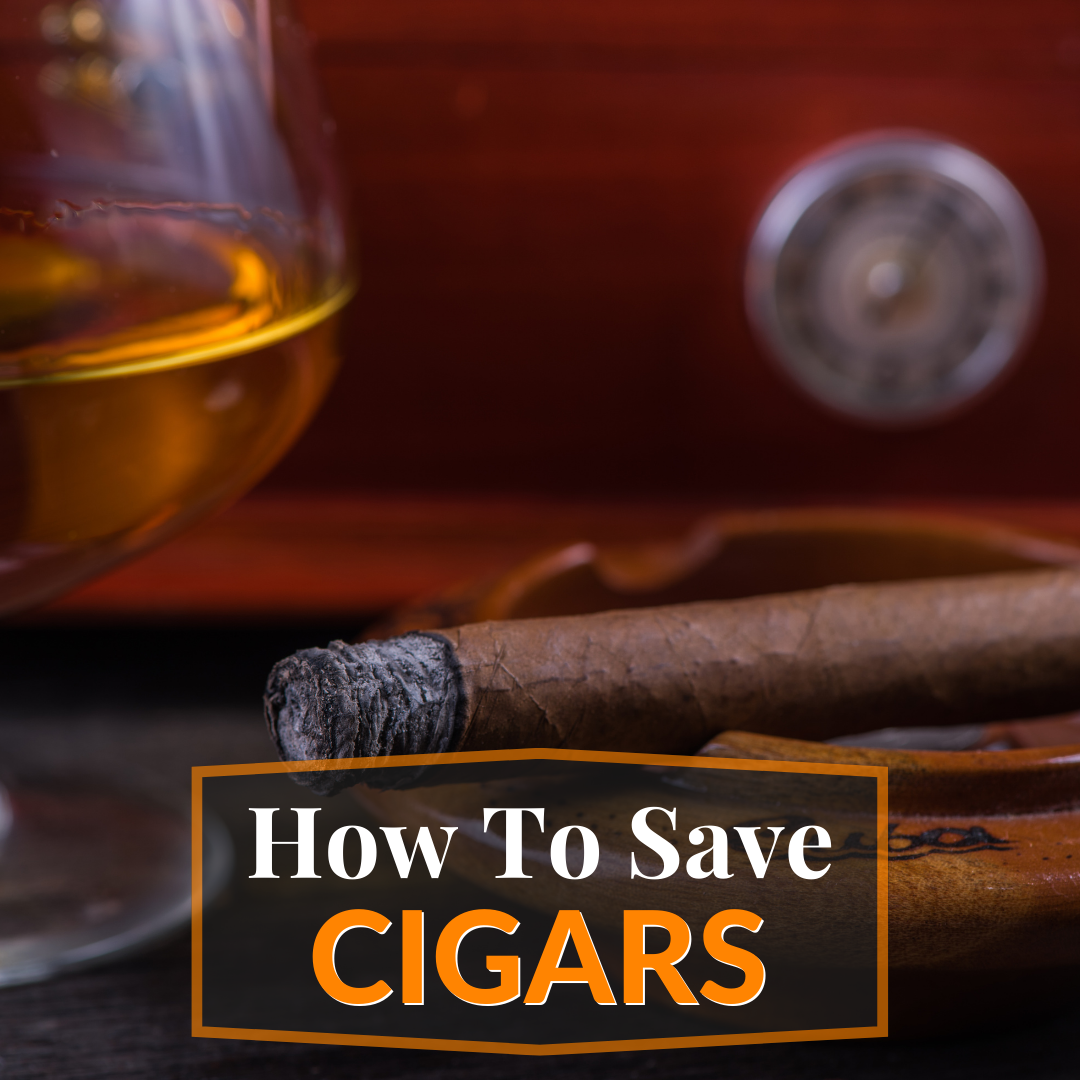
Cigar history is indeed a long and interesting history. From ancient Mayan rituals to modern-day cigar lounges, the history of cigars is as rich and complex as the smoke they produce. In this article, we’ll explore the origins of cigars, their introduction to Europe, and their eventual global popularity.
Ancient Mayan Origins: How The Mayans “Invented” Cigars
The invention of cigars can be traced back to the ancient Mayans, who were the first to smoke dried tobacco leaves. A Mayan pot from the 10th century depicts a Mayan man smoking a primitive cigar, which was made by rolling tobacco leaves in palm or plantain leaves. The Mayan word for smoking, “sikar,” is believed to be the origin of the word “cigar.”
Christopher Columbus (1492) and the Introduction to Europe
Cigars were introduced to Europe by Christopher Columbus and his crew after their voyage to the Americas in 1492. Upon their arrival in Cuba, they discovered the locals smoking cigars, and Columbus brought tobacco seeds and dried tobacco leaves back to Spain.
Early European Adoption: When Cigar Smoking Became Popular
Cigar smoking quickly became popular in Spain and Portugal, where sailors adopted the habit and spread it throughout Europe. Spanish and other European sailors often traded tobacco and cigars with British and French veterans, who returned home with the habit they had learned while serving overseas. Soon, there was a demand for cigars across the continent.
Spain and Portugal’s Influence
As the popularity of cigar smoking grew in Europe, Spain and Portugal played a significant role in the industry’s development. Spain, in particular, controlled the supply of Cuban tobacco, which was considered the best in the world. The Spanish established a monopoly on Cuban tobacco, importing large amounts of it to produce high-quality cigars in Europe. Spanish cigars using Cuban tobacco continued to grow in popularity for a long time.
The French Connection: Jean Nicot
The French ambassador to Portugal, Jean Nicot, also played a pivotal role in the history of cigars. In the mid-16th century, he introduced tobacco to France and became so enamored with it that he gave his name to the active ingredient in tobacco, nicotine. Nicot promoted the use of tobacco for medicinal purposes, which helped to further popularize cigars in Europe.
Tobacco Leaves From Cuba and the Rise of the Cuban Cigar
The unique climate and soil conditions in Cuba are ideal for growing high-quality cigar tobacco, which led to the rise of the Cuban cigar as the pinnacle of the industry. The city of Havana became the center of cigar production, with many cigar factories and skilled cigar makers crafting premium cigars by hand. The reputation of Cuban cigars grew as they became synonymous with luxury and quality. Cigars made in Cuba are on a different level.
Havana: The Center of Cigar Production
Havana cigar factories were responsible for producing some of the world’s best cigars. The city’s skilled cigar makers used a combination of using Cuban seed tobacco and traditional techniques to create a variety of cigar blends and sizes. These handmade cigars quickly gained a reputation for their excellent construction and flavorful smoke, making them highly sought after by cigar aficionados worldwide.
Quality Cigars and Wrapper Varieties
Cigar smokers say that the quality of a cigar depends on several factors, including the type of tobacco leaves the cigars are made from and the expertise of the cigar maker. The wrapper, which is the outermost leaf of a cigar, is particularly important as it contributes to the cigar’s flavor, aroma, and appearance. There are several different types of wrappers, including Connecticut shade-grown wrappers, which are known for their smooth, mild flavor, and the darker, more robust Maduro wrappers.
Cigar Factories and Industry Growth
As the demand for cigars continued to grow, so too did the number of cigar factories. Cigar manufacture had spread north to the United States, with factories opening in cities like New York and Philadelphia. Major cigar companies like Partagas, Romeo y Julieta, and Montecristo emerged, further solidifying the importance of the cigar industry.
Expansion into the United States
Cigar production in the United States was bolstered by the influx of Cuban cigar-makers who fled the Spanish colony after its independence in the late 19th century. Many of these skilled artisans set up shop in Florida, particularly in the city of Tampa, which became known as “Cigar City.” Despite the U.S. government imposing an embargo on Cuban cigars in the 20th century, American cigar enthusiasts continued to seek out and enjoy these high-quality smokes.
Major Cigar Companies
Some of the most famous cigar companies in history include Partagas, Romeo y Julieta, Montecristo, and Cohiba. These cigar brands have produced some of the best cigars in the world, each with its distinct blend of tobacco and unique flavor profile. The success of these companies and brands of cigars has contributed to the global appeal of cigars and helped to establish the industry as a pillar of luxury and sophistication.
Cigar Smoking as a Status Symbol
As cigars became increasingly popular, they also became a status symbol, particularly among the upper classes. Smoking a fine cigar was seen as a sign of wealth, power, and good taste. This association with luxury persists today, with cigars often being enjoyed at celebratory events and as a means of relaxation. That is often why folks keep cigars for special occasions since cigars last a while if stored properly.
The Influence of Cigarettes on the Cigar Industry
The rise of cigarette smoking in the 20th century had a significant impact on the cigar industry. Cigarettes offered a quicker, more convenient way to consume tobacco and were more affordable than cigars. As a result, cigar sales declined, and many cigar factories closed. However, cigar smoking has experienced a resurgence in recent years, with many cigar enthusiasts appreciating the craftsmanship and ritual involved in smoking a quality cigar without the filler of a cigarette.
Modern Cigar Smoking
Today, cigar smoking is enjoyed by people from all walks of life. While it still carries connotations of luxury and sophistication, it has also become more accessible to a wider audience. Cigar lounges and clubs have sprung up across the world, allowing aficionados to share their passion for cigars and enjoy them in a comfortable, social setting.
The Future of Cigars
The future of cigars is uncertain, with potential challenges arising from increased regulation and changing attitudes towards smoking. However, the enduring appeal of high-quality cigars and the passion of the cigar community suggest that the industry will continue to adapt and thrive.
In conclusion, the history of cigars is a fascinating journey that spans centuries and continents. From the ancient Mayans to modern-day cigar lounges, cigars have evolved alongside human culture and have played an important role in shaping our collective history. As we look towards the future, the cigar industry faces numerous challenges, but the passion for quality cigars and the vibrant cigar community will undoubtedly ensure that this storied tradition continues to flourish.
Frequently Asked Questions
When were cigars invented?
Cigars were invented by the ancient Mayans, with evidence of cigar smoking dating back to the 10th century.
How did cigars become popular in Europe?
Cigars were introduced to Europe by Christopher Columbus, who brought tobacco seeds and dried tobacco leaves back to Spain after his voyage to the Americas in 1492. Cigar smoking then spread throughout Europe, helped by sailors and soldiers who picked up the habit.
What makes Cuban cigars so special?
Cuban cigars are considered the gold standard in the cigar world due to the unique climate and soil conditions in Cuba, which are ideal for growing high-quality tobacco. The expertise of Cuban cigar makers and the tradition of handmade cigars also contribute to their exceptional quality and reputation.
How has cigarette smoking affected the cigar industry?
The rise of cigarette smoking in the 20th century led to a decline in cigar sales and the closure of many cigar factories. However, in recent years, cigar smoking has experienced a resurgence as more people appreciate the craftsmanship and ritual involved in smoking a quality cigar.
What is the future of the cigar industry?
The future of the cigar industry is uncertain due to potential challenges such as increased regulation and changing attitudes towards smoking. However, the enduring appeal of high-quality cigars and the passion of the cigar community suggest that the industry will continue to adapt and thrive.





